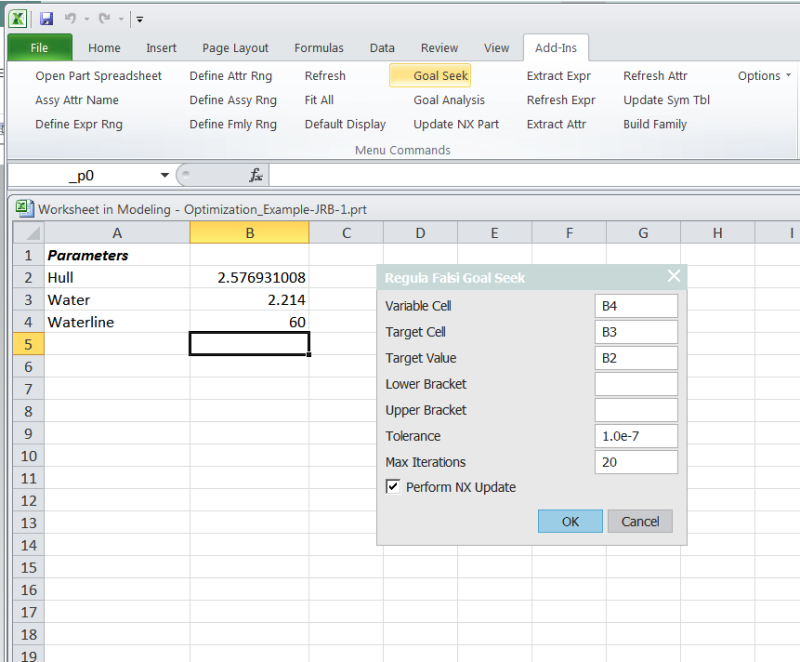junfanbl
Marine/Ocean
- Jun 10, 2015
- 90
Hello, I am investigating whether or not I can utilize NX to produce a script to give me the displacement of a ship modeled in NX. The modela contain mass properties so couldn't there be a way to utilize that information to calculate how much water it would displace?

